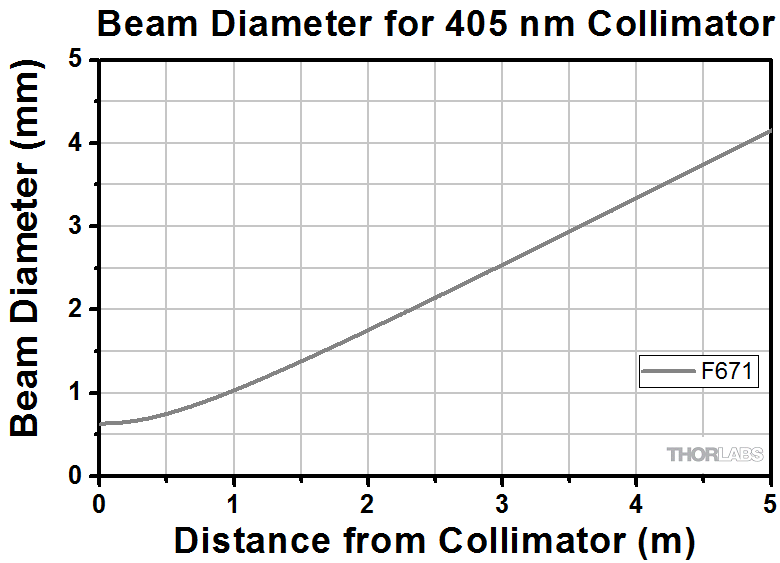Hi , I want to design an imaging system where a beam is launched from a single mode fibre (core diameter 3 micron and NA=.12), goes through a collimating lens ( Thorlabs F671APC-405 - 405 nm, f = 4.02 mm, NA = 0.60 ) and aspheric lens ( Thorlabs 354280-A - f = 18.4 mm, NA = 0.15, WD = 15.9 mm, Unmounted Aspheric Lens )is then focused on the image surface.
What would be the best way to simulate such a source in sequential mode and to find the resultant spot size on the image surface? To get the beam diameter of the collimated beam I have used two dummy surfaces ,and calculate the diameter value from semi-diameter parameters, is this process correct? If I use REAY operand at same surface I also get the some values, will it be the beam diameter value,which one is correct? Here I uploaded my zemax file .





